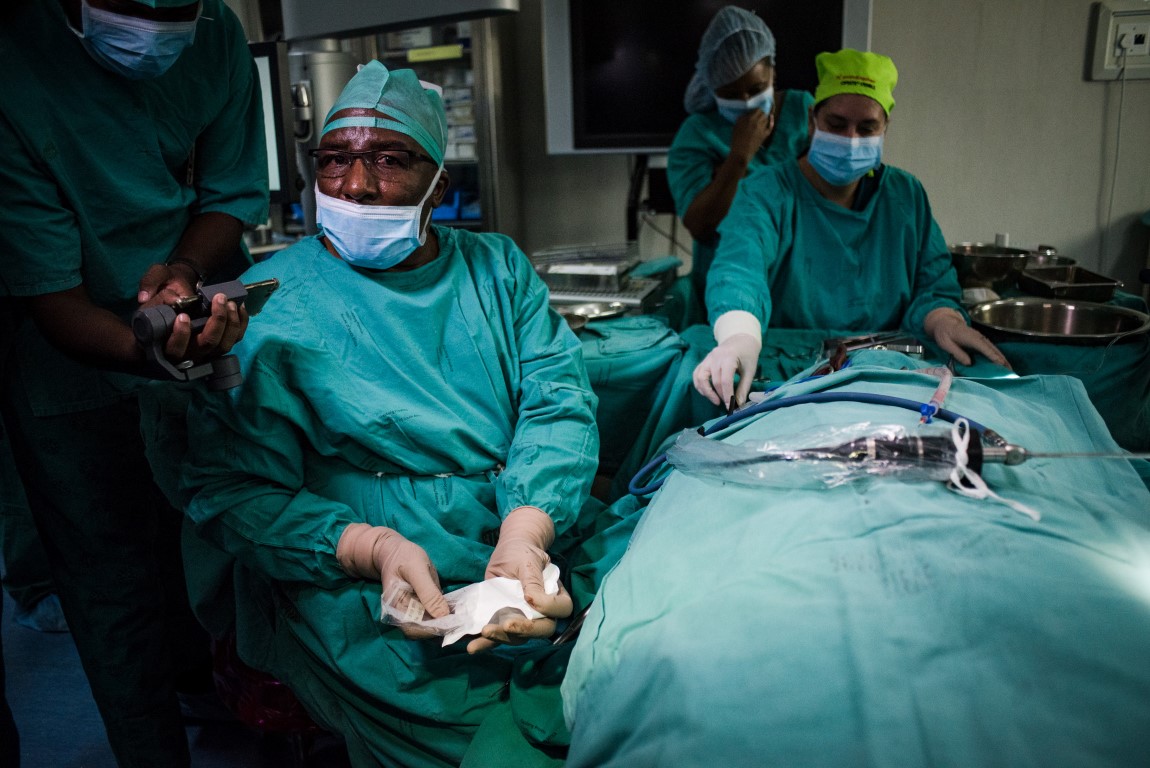Source :- lowvelder.co.za
A pioneering surgical procedure using 3D-printed middle ear bones, developed by Professor Mashudu Tshifularo and his team at the University of Pretoria (UP) Faculty of Health Sciences, may be the answer to conductive hearing loss, a middle ear problem caused by congenital birth defects, infection, trauma or metabolic diseases.
“3D technology is allowing us to do things we never thought we could,” says Prof Tshifularo.
The surgery, which can be performed on everyone including newborns, has benefited two patients already. On 13 March 2019, Prof Tshifularo performed the transplant on a patient born with an underdeveloped middle ear, effectively replacing the hammer, anvil and stirrup – the ossicles (bones) that make up the middle ear. 3D-printing technology is used to print these bones, and then used in the surgery to reconstruct the ossicles.
“By replacing only the ossicles that aren’t functioning properly, the procedure carries significantly less risk than known prostheses and their associated surgical procedures,” Prof Tshifularo said. “We use titanium for this procedure, which is biocompatible. We use an endoscope to do the replacement, so the transplant is expected to be quick, with minimal scarring.”
According to the South African Hearing Institute, hearing ability naturally declines from age 30 or 40. By age 80, more than half of humans will suffer from significant hearing loss. While hearing loss is a natural part of ageing, it could also occur as a result of disease or infection. It may also be inherited or be the result of physical damage to the ears or head.
The surgery also aims to simplify the reconstruction of ossicles during middle ear procedures, such as ossiculoplasty and stapedectomy, in order to increase the chance of success with minimal intrusion trauma. In addition, Prof Tshifularo’s procedure reduces the chance of facial nerve paralysis, which can occur if the facial nerve that passes through the middle ear space is damaged during traditional surgery.
